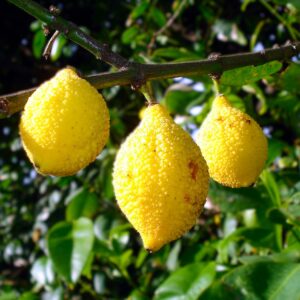
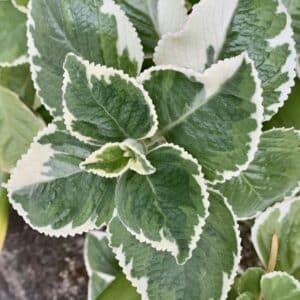
White flower plant / white trinitaria (Bougainvillea glabra alba) live plant 1’-2’ feet tall
$39.99
The White Trinitaria, also known as Bougainvillea glabra alba or white bougainvillea, is a stunning tropical flowering plant prized for its vibrant white bracts and lush green foliage. Native to South America, this hardy vine has become popular in warm climates worldwide, where it is often used to add bright color and a tropical flair to gardens, patios, walls, and fences.
White Trinitaria White flower plant
Bougainvillea is drought-tolerant, relatively low-maintenance, and is widely known for its ability to thrive in challenging conditions, making it a popular choice for landscapes and gardens alike.
Appearance and Characteristics:
The White Trinitaria is a vigorous climber that can reach heights of 20 to 30 feet if allowed to grow freely and is often trained to cover walls, trellises, or arbors. Its striking white “flowers” are actually specialized leaves called bracts, which surround small, inconspicuous white or yellow true flowers. The bracts give the plant its bright appearance and can bloom prolifically from spring through fall in warm climates. These bracts, combined with the plant’s dense, dark green foliage, create a beautiful and lush display that stands out in any landscape.
White Trinitaria has woody stems with thorns, which serve as a natural defense but require care when handling or pruning. The plant’s climbing nature allows it to grow expansively if given the right support, making it ideal for covering unsightly walls or adding privacy to outdoor areas.
Growing Conditions:
White Trinitaria thrives in tropical and subtropical climates and is best suited to USDA hardiness zones 9 to 11. It prefers full sun, as direct sunlight promotes vigorous growth and abundant flowering. Bougainvillea plants are highly adaptable and can tolerate a range of soil types, although they perform best in well-draining, slightly acidic soil.
For gardeners in cooler climates, White Trinitaria can be grown in large containers and brought indoors during the winter months. When grown as a container plant, it can still produce blooms, though it may require additional light and warmth to mimic tropical conditions.
Watering and Fertilizing:
White Trinitaria is drought-tolerant once established, making it a suitable choice for low-water gardens and xeriscaping. During the growing season, it benefits from regular watering, allowing the soil to dry slightly between waterings. Overwatering should be avoided, as Bougainvillea plants are sensitive to excess moisture and can develop root rot in poorly draining soil.
To encourage healthy growth and flowering, fertilize the White Trinitaria during the growing season with a balanced fertilizer or a fertilizer designed for flowering plants. Applying a high-phosphorus fertilizer once a month during the growing season can help increase the production of blooms. In cooler months, reduce or withhold fertilizer, as the plant’s growth slows down.
Care and Maintenance:
White Trinitaria requires minimal maintenance once established but benefits from regular pruning to control its size and shape. Pruning also promotes new growth and can help improve flowering. It is best to prune in late winter or early spring before the growing season begins, cutting back any long, leggy stems and removing any dead or damaged branches. Given the plant’s thorns, wearing gloves and using caution during pruning is advised.
If growing the White Trinitaria in a container, occasional repotting may be necessary as the plant grows. Choose a container with good drainage, as this is crucial to prevent root issues.
Pests and Diseases:
White Trinitaria is generally hardy and resistant to most pests and diseases. However, it may occasionally be affected by aphids, scale, or spider mites, particularly when grown in hot, dry conditions. Regularly inspecting the plant and treating infestations with insecticidal soap or neem oil can help keep pests under control. Ensuring proper airflow around the plant and avoiding excessive watering can further reduce the risk of fungal issues.
Propagation:
White Trinitaria can be propagated through cuttings, a straightforward process that allows gardeners to create new plants. Cuttings are best taken in late spring or early summer. To propagate, cut a healthy stem and remove any lower leaves, then plant it in well-draining potting soil. Keep the soil lightly moist until the cutting establishes roots, which typically takes a few weeks.
Landscape Uses:
White Trinitaria’s vibrant color and climbing habit make it an excellent choice for various landscaping uses. It is often grown along fences, trellises, and walls, where it creates a striking, cascading effect. The plant can also be shaped as a topiary, used in hanging baskets, or allowed to spread over arbors and pergolas to create a shaded, flower-filled area. Its drought tolerance and low maintenance needs make it a valuable addition to water-wise gardens and Mediterranean-style landscapes.
Conclusion:
The White Trinitaria, or white bougainvillea, is a beautiful and resilient plant that brings a tropical touch to any garden. With its striking white bracts, lush foliage, and climbing nature, this plant adds color and structure to landscapes and outdoor spaces. Its ability to tolerate drought and poor soil conditions makes it a popular choice for gardeners seeking a low-maintenance yet showy plant. With regular sun, well-drained soil, and occasional care, White Trinitaria will reward gardeners with vibrant blooms season after season.
| Weight | 15 oz |
|---|---|
| Dimensions | 22 × 4 × 4 in |

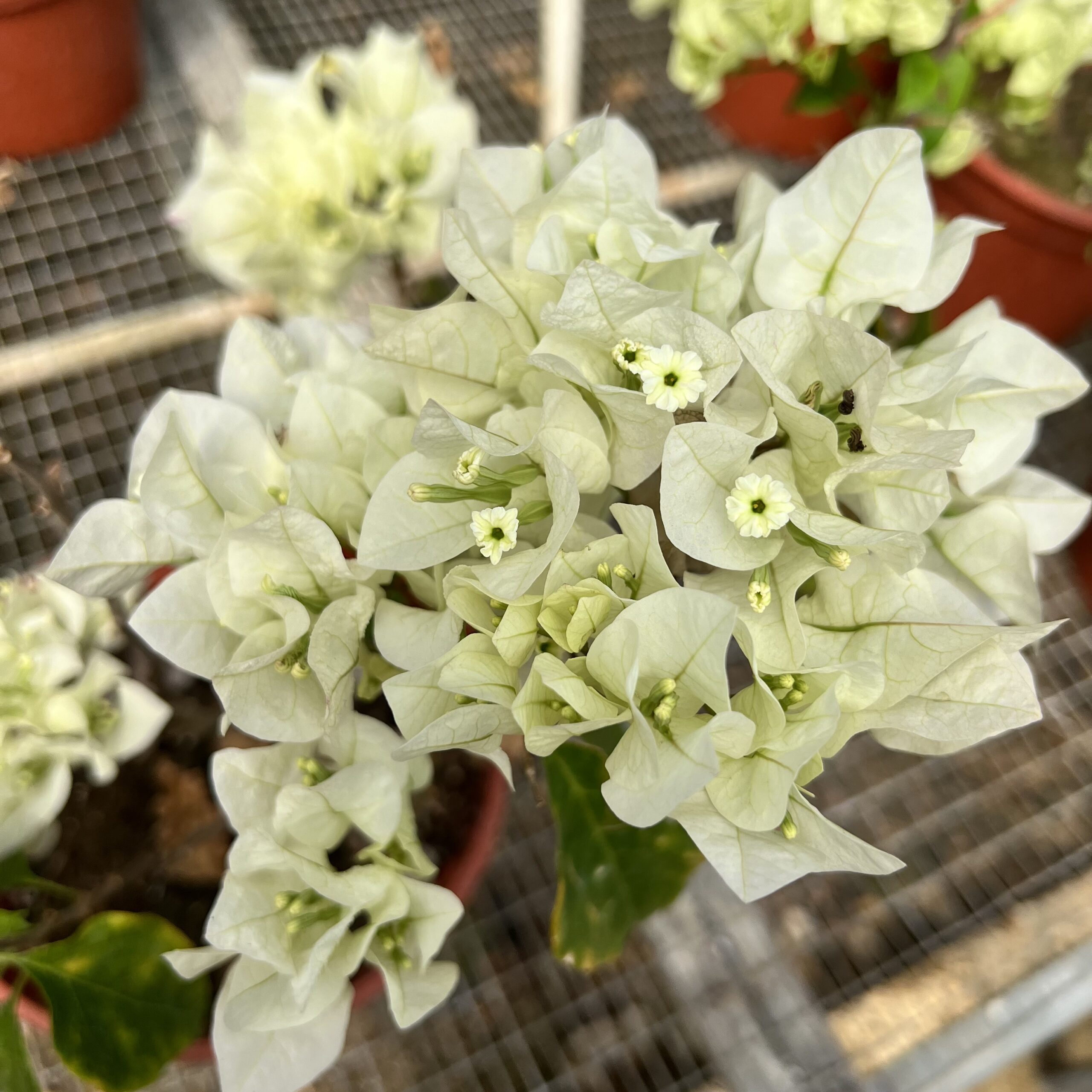
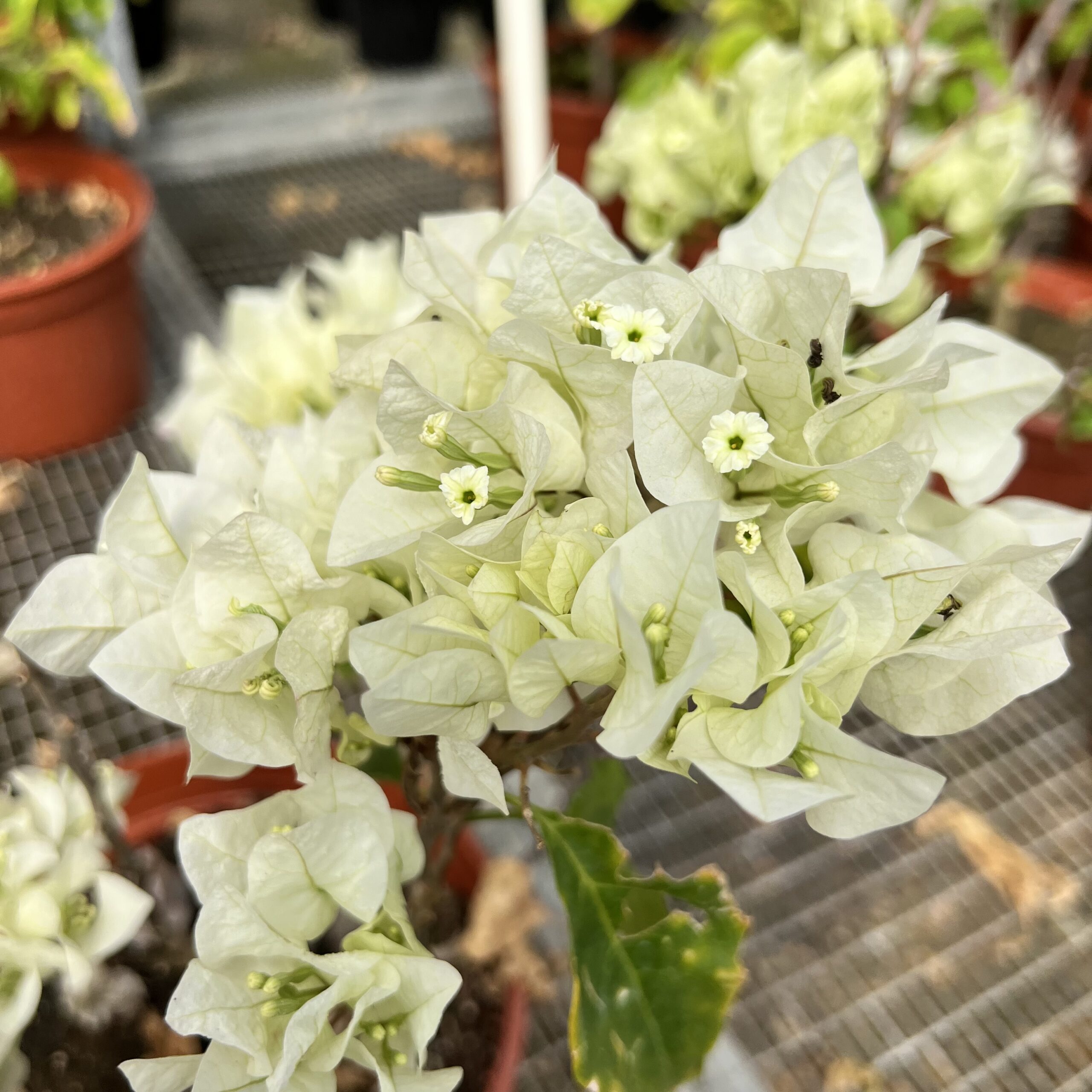
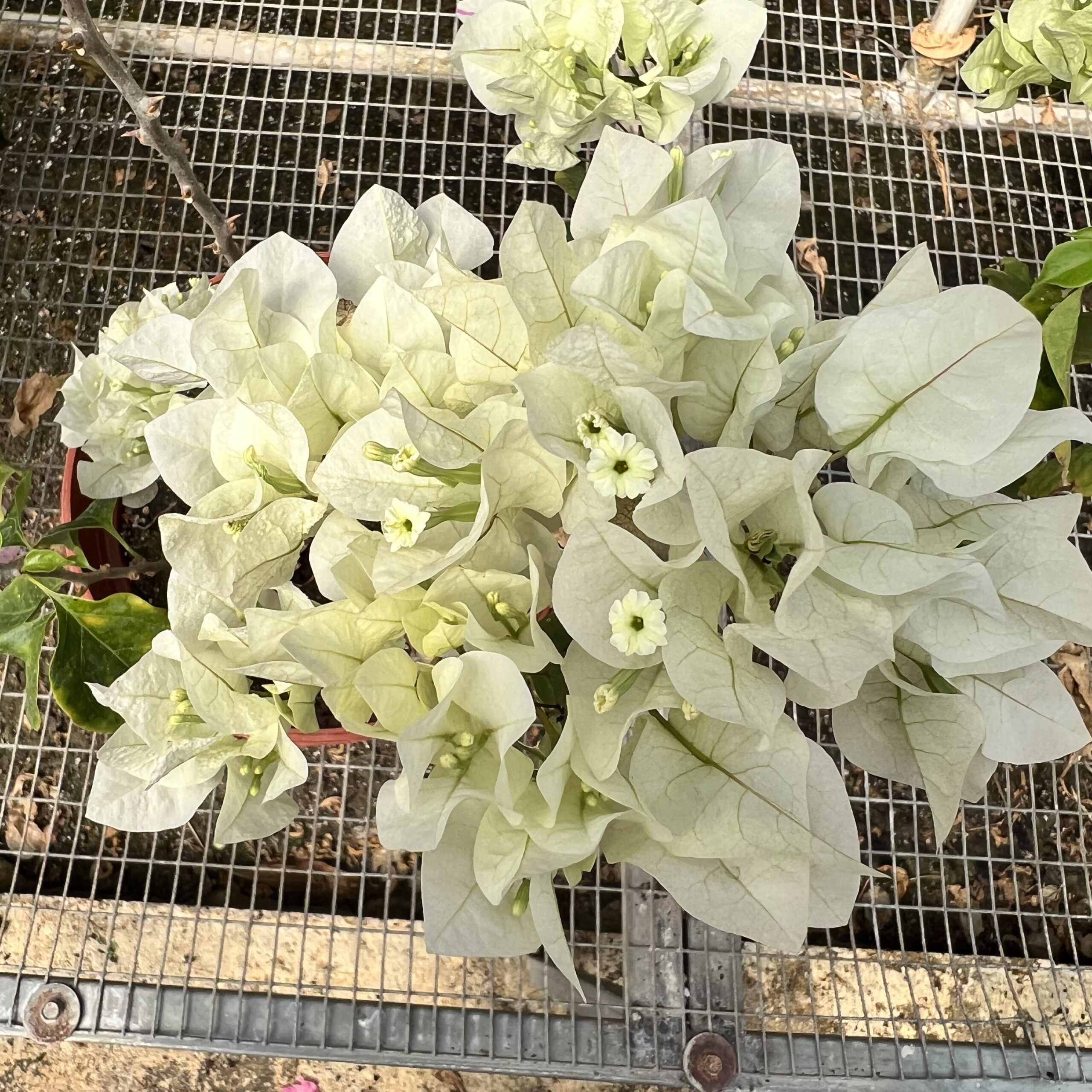
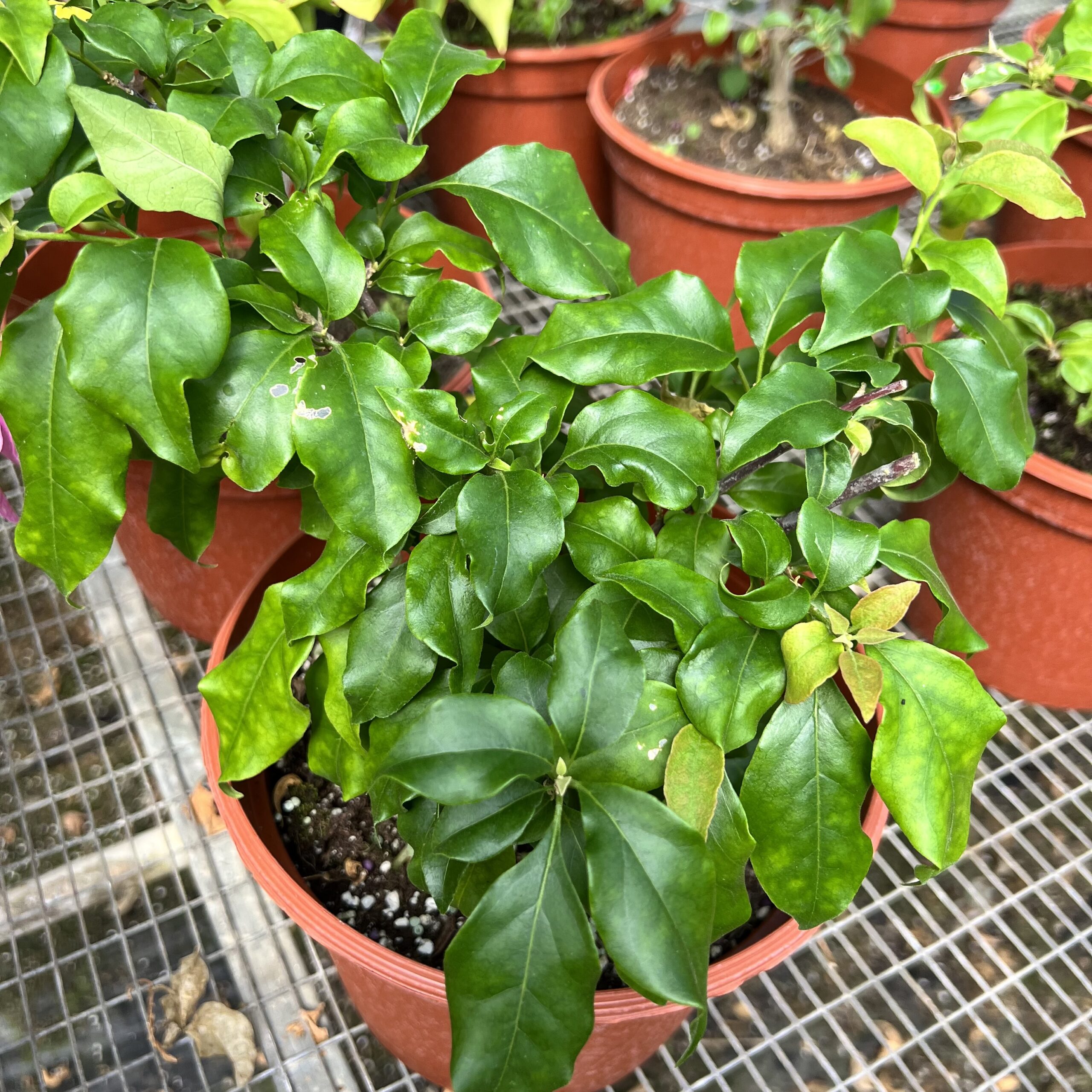
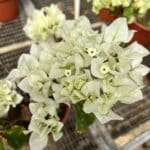
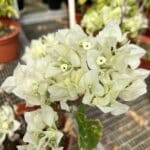
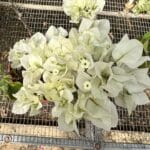
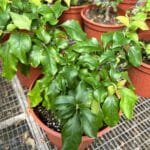

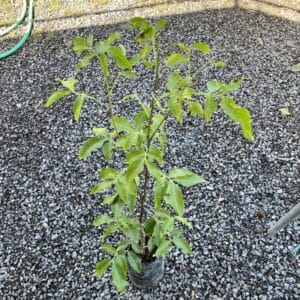




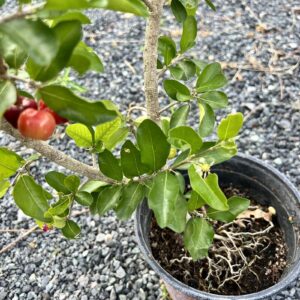
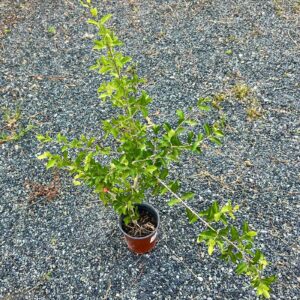


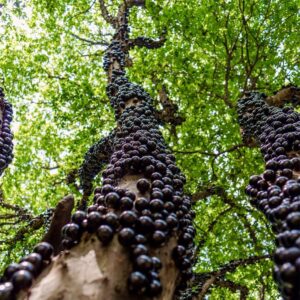
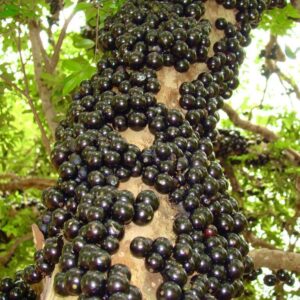
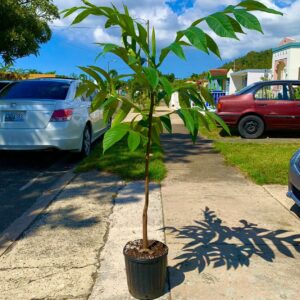

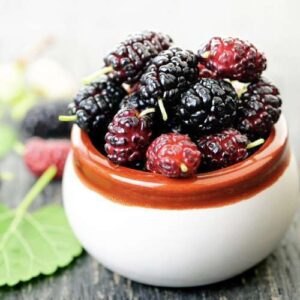
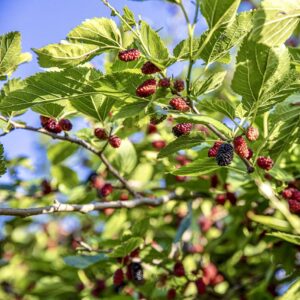
Reviews
There are no reviews yet.